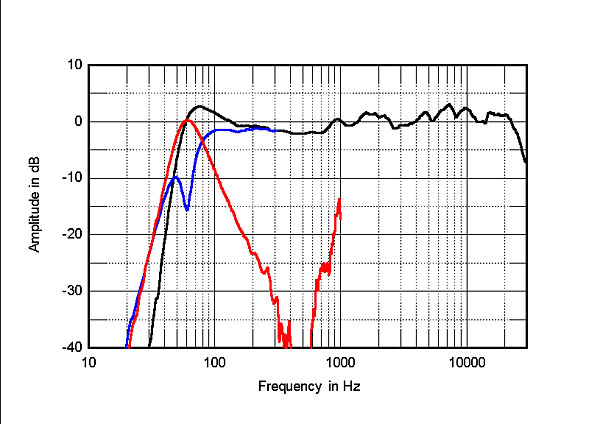| Columns Retired Columns & Blogs |
because they have no dealer network, which marks up the product. So, they are the low cost leader by selling direct. I think they are also made in China. At least that's what I've read about all of their other products.
To me the name kind of sounds like those cheap stereos people would sell out of the trunk of their car or out of a van near a gas station, even though they aren't. :-)
I personally just can't get past the name. :-)














































